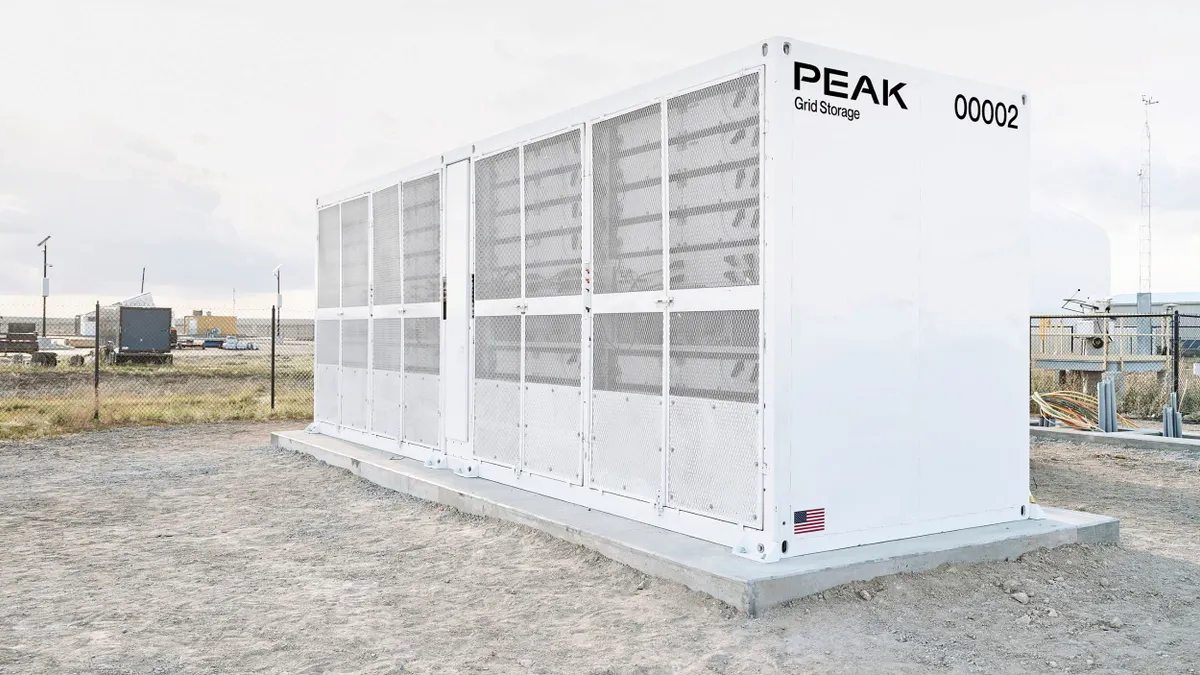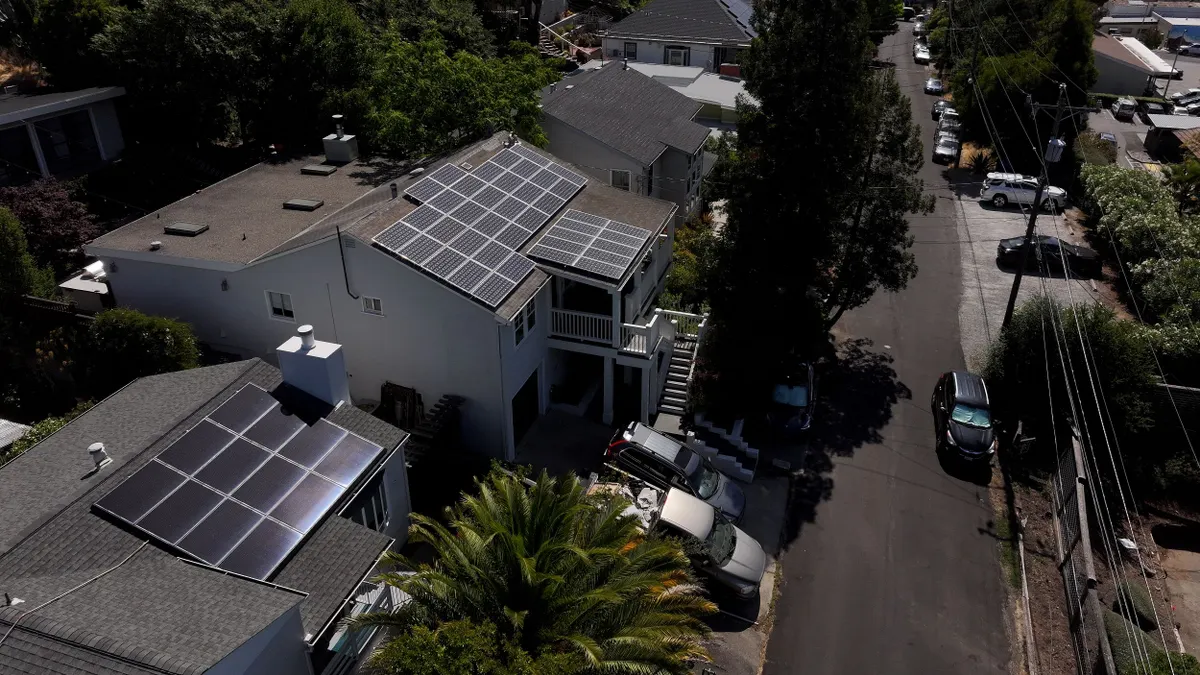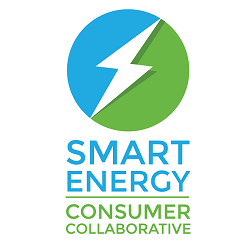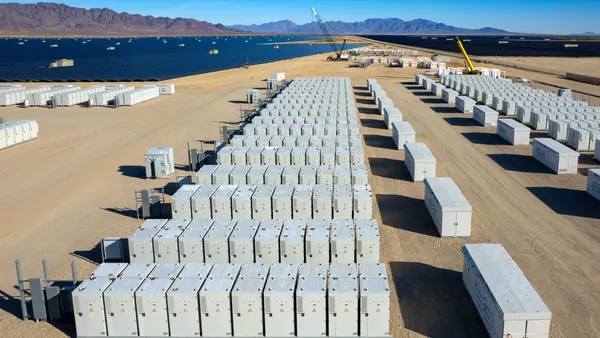Dive Brief:
- Peak Energy will supply up to 4.75 GWh of sodium-ion batteries to independent power producer Jupiter Power over the next five years, the company said Nov. 12.
- The first phase of the agreement sees Peak supply 720 MWh of its energy storage modules to Jupiter for deployment in 2027. The deal includes a capacity reservation for as much as 4 GWh more between 2028 and 2030, Peak said.
- Peak said the total contract value could exceed $500 million, making it the largest U.S. deal for sodium-ion batteries to date. The news comes a few months after Peak energized the United States’ first grid-scale sodium-ion battery facility, a 3.5-MWh project near Denver.
Dive Insight:
A spokesperson for Peak Energy said the first 720-MWh delivery would serve a single Jupiter Power project but declined to say where in the United States it would be. The remaining 4 GWh would be spread across multiple projects whose locations have yet to be determined, they added.
“This is a four-hour system, and we could deploy it in the Electric Reliability Council of Texas, Southwest Power Pool and other markets with market opportunity for four-hour plus duration,” Mike Geier, Jupiter Power’s chief technology officer, said in an email.
Jupiter Power’s website shows most of its active or under-construction installations are in West Texas, within ERCOT territory. Its “development footprint” encompasses broad swathes of the southwestern, south-central, north-central and northeastern United States, including the entirety of the PJM Interconnection, New York Independent System Operator and Independent System Operator-New England regions.
Jupiter says it has more than 12 GW in development.
Peak batteries use a fully passive design that the company says eliminates the need for active cooling and slashes auxiliary power use by up to 97% compared with lithium-ion systems. They cost less to operate and degrade nearly 30% slower over 20 years, according to Peak.
“We see sodium-ion as one of the most promising alternatives to lithium-ion, and Peak’s approach offers lower degradation, lower lifetime O&M needs and a fully passive cooling system that simplifies operations and supports safer performance,” Geier said.
Despite their apparent advantages, grid-connected sodium-ion battery capacity remains a tiny part of the global energy storage mix amid a long-term decline in lithium-ion module pricing and corresponding improvements in safety and energy density.
But sodium-ion deployments have ticked up in China over the past few years as energy storage developers look to diversify away from lithium. Industry experts believe the technology could make a dent in lithium’s U.S. dominance by 2030 as well.
Ravi Manghani, senior director of strategic sourcing at the energy intelligence firm Anza, said in an email that his company is beginning to track sodium-ion storage more closely amid a challenging trade and regulatory environment for lithium batteries and their inputs.
“With new [foreign entity of concern] rules reshaping eligibility for tax credits starting in 2026 as well as a volatile tariff environment, interest in alternative chemistries like sodium-ion is growing quickly,” Manghani said.
Geier said Jupiter’s deal with Peak “supports our broader domestic supply strategy.”
Anza doesn’t expect a dramatic change anytime soon, however. They see sodium-ion’s global market share rising from “1% to 2% today to the low-single-digit range over the next few years,” Manghani said.
If stateside sodium-ion battery deployments rise proportionally, the Peak-Jupiter deal could account for much of the segment’s expected U.S. growth. The most recent quarterly update to Wood Mackenzie and the American Clean Power Association’s closely watched U.S. Energy Storage Monitor sees 87.8 GW/261.2 GWh of capacity installed by 2029.














